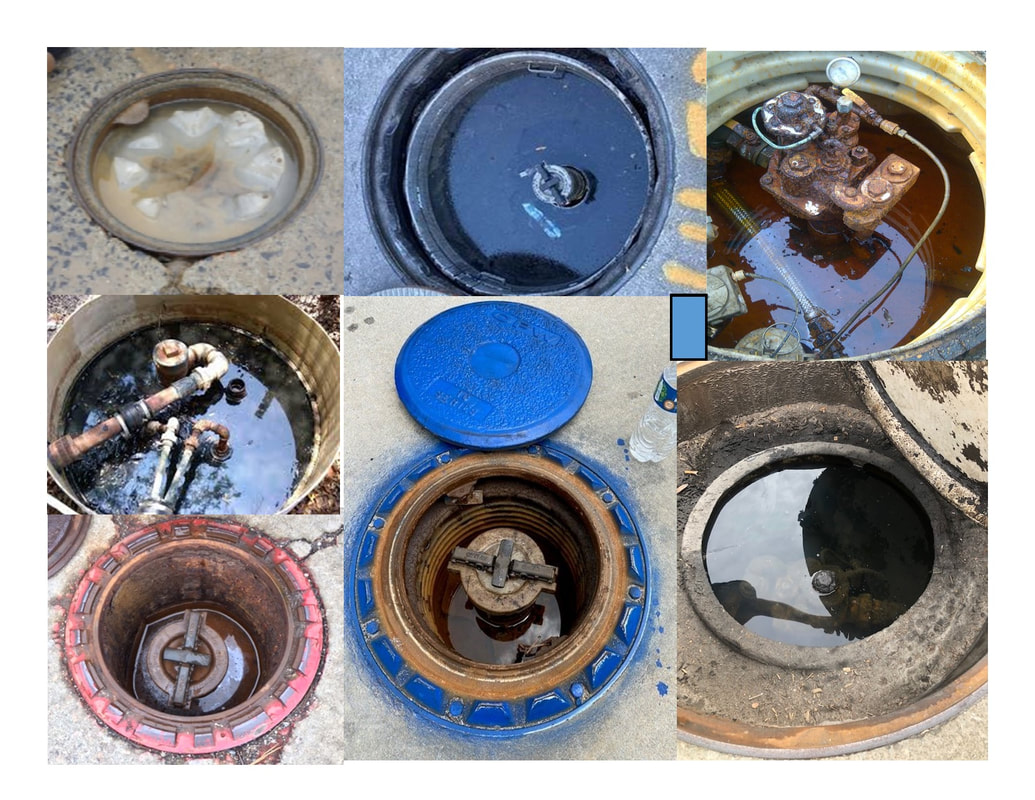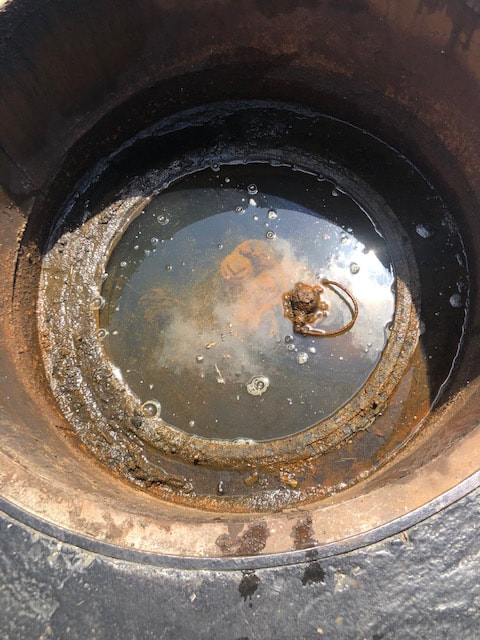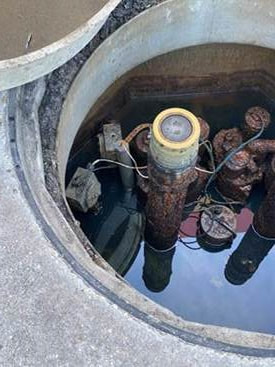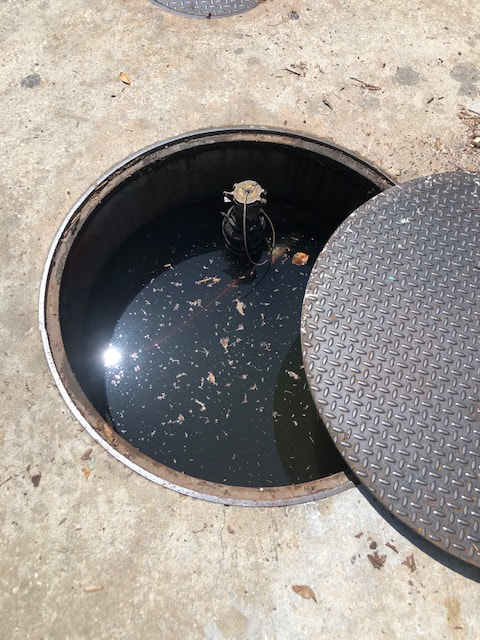|
Hello Everyone In UST Inspection World: Now that it has started to rain in Florida every day and other parts of the country are getting some heavy downpours, I wanted to take a minute to review parts of 40 CFR regulations regarding liquid in containment sumps and spill buckets. 40 CFR Parts 280 and 281 Revising Underground Storage Tank Regulations-- § 280.36 Periodic operation and maintenance walkthrough inspections. (a) To properly operate and maintain UST systems, not later than October 13, 2018 owners and operators must meet one of the following: (1) Conduct a walkthrough inspection that, at a minimum, checks the following equipment as specified below: (i) Every 30 days (Exception: spill prevention equipment at UST systems receiving deliveries at intervals greater than every 30 days may be checked prior to each delivery): (A) Spill prevention equipment— visually check for damage; remove liquid or debris; check for and remove obstructions in the fill pipe; check the fill cap to make sure it is securely on the fill pipe; In the photos, you will see the liquid which must be removed. Some questions for UST Inspectors and Station Owners can be: How is the liquid being remove what is the process to properly dispose of it. Is the liquid mostly fuel or water? or combination of both? How does one make the determination? Is there any correlation between this visible water, and water entering the tank? If so, Is fuel being visually inspected by a trained employee? If the station is employing a contractor to remove the liquid? If so, are they making attempts to prevent such breaches? There is a saying amongst accident investigators, if foreign liquid or water can enter the tank.....then there is possibilities fuel can exit the tank. Despite have secondary containment......water caused corrosion is still a risk should be nipped. The following are photos of sumps filled up with the water. Did this water come through a boot, a crack or a pipe? If so most owners and inspectors know of a good contractor to fix this. If the tank is tight, it is possible that the water is coming through the lid. If the water is coming though the lids, an option might be to check out Steel Camel's line of water blocking doughs, gels and flexible gaskets. Should any inspector, station owner or contractor wish to learn more about prevention of water intrustion, water caused corrosion and fuel contamination as it applies this regulation, contact Steel Camel. www.steelcamel.com
2 Comments
3/20/2023 08:46:03 am
I've been having issues with water getting in my oil tank, and I'm not sure what to do about it. It makes sense that there could be a lot of problems with this in the long run. I could definitely use the help of a professional to ensure that I manage things correctly.
Reply
Leave a Reply. |
�
AuthorIf you have any topics for review, please let us know. Archives
July 2024
Categories |




 RSS Feed
RSS Feed